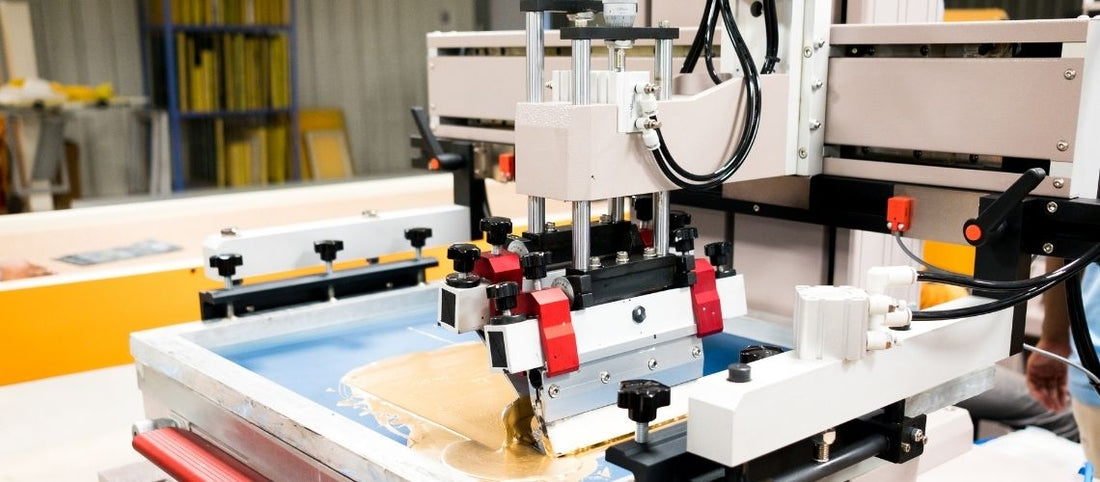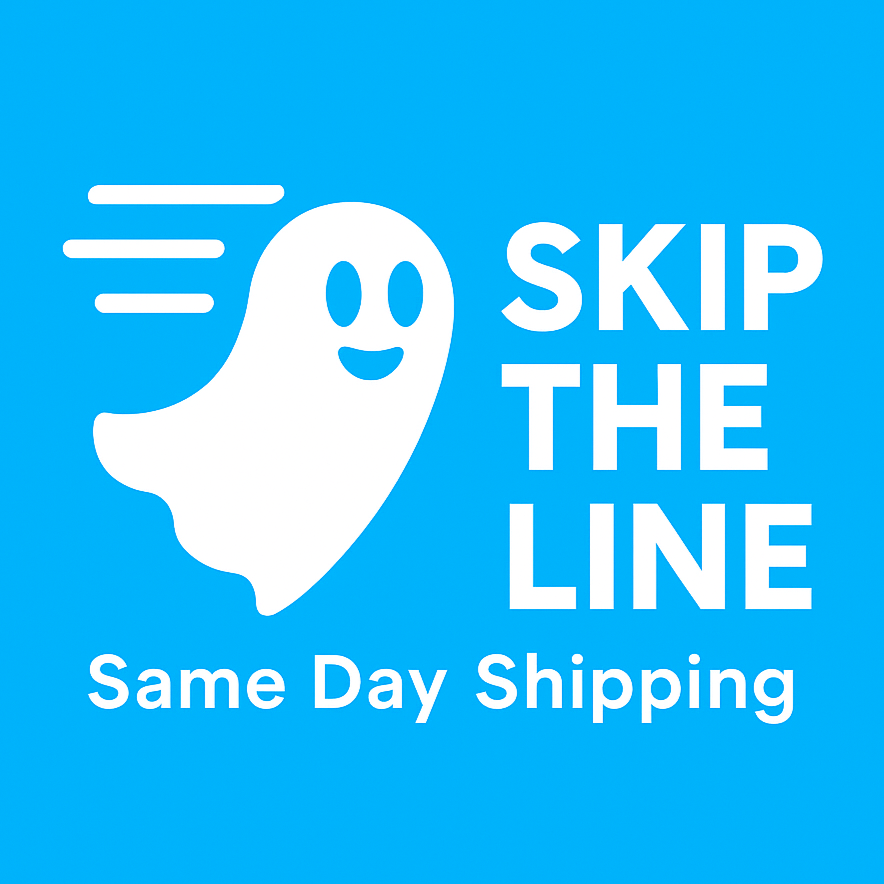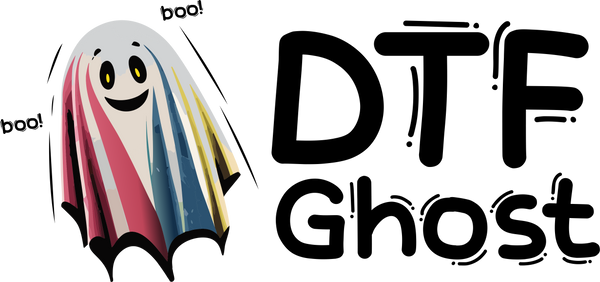What Kind of Printer Do I Need for DTF Transfers?

If you're planning to print vibrant, durable designs that collaborate on everything from cotton and polyester to blends and even nylon, you'll need an inkjet printer with piezo printhead technology that supports specialized DTF (Direct-to-Film) inks—including white. This setup allows you to print on PET film, apply hot-melt adhesive powder, then transfer the design onto various fabrics using a heat press. Essentially, the printer must be capable of managing thicker, pigment-based textile inks (especially the white ink) and a non-porous film feed path.
Understanding DTF Printers
The heart of any DTF setup is the printer. While it might be tempting to assume that any standard office printer will do, DTF imposes some specific requirements:
Piezo Printhead Technology
Most DTF inks are pigment-based and include a heavy white ink. These inks have higher viscosity than typical inkjet formulations. Printers with piezoelectric printheads—like many Epson models—can manage thicker droplets, making them suitable for DTF. In contrast, thermal printheads (common in many Canon or HP inkjets) can struggle or even sustain damage from DTF inks.
Support for CMYK + White Ink
White ink is printed last on the transfer film to create an opaque underbase. This ensures that the final design stays vibrant against dark or colored fabrics. A DTF printer must either have a dedicated white ink channel or be convertible so that one ink channel can house white DTF ink. Managing white ink also means dealing with sedimentation—white ink is prone to settling, so many DTF printers include circulation or stirring features for consistent performance.
Ability to Print on PET Film
DTF printing needs a straight or suitably adapted feed path that can manage film sheets or rolls without jamming. PET film is non-porous and can be slippery, so the printer should either be designed for that purpose or changed so that feed rollers don't smudge the fresh ink.
High Resolution and Color Accuracy
For intricate designs and sharp detail, resolution matters. A typical recommendation for DTF is at least 1440 dpi. Some photo-quality printers go up to 5760 x 1440 dpi, but in many cases, 1440 dpi is already enough for clean lines and vibrant color gradients. Additionally, a wide color gamut helps produce smoother transitions, especially when reproducing photographs or complex illustrations.
Software and RIP Compatibility
Because of the need to place white ink behind the colored design, specialized RIP (Raster Image Processor) software is often used. The software controls the print order—color first, then white—so that your final transferred image is opaque and accurately aligned.
Types of Printers for DTF Transfers
There's no single "one-size-fits-all" solution for DTF and printers vary according to budget, production volume and the user's technical skill. Generally, DTF-friendly printers fall into three categories:
Dedicated DTF Printers
These machines are engineered specifically for direct-to-film printing. They come pre-configured with CMYK+White ink channels, built-in white ink circulation systems and firmware or software improved for printing onto PET film. They need less tinkering and often feature faster production speeds, automated cleaning cycles and robust designs. However, they can be costly, often running into the thousands or even tens of thousands of dollars. For businesses that need reliable, consistent output and have the budget for it, dedicated DTF printers are a worthwhile investment.
Modified Desktop Inkjet Printers
Many DTF enthusiasts, particularly small-scale businesses and hobbyists, start by converting an Epson photo printer (or similar piezo-based model) for DTF use. This involves installing refillable ink cartridges or a continuous ink supply system loaded with DTF-compatible inks, designating one channel for white ink and making sure the film feed mechanism collaborates smoothly (e.g., removing certain rollers or adjusting the platen). The biggest advantage of a desktop conversion is cost: you can often repurpose a printer you already own or purchase one at a fraction of the cost of a dedicated machine. The downsides include slower speed, more manual maintenance and a learning curve to manage daily upkeep like stirring white ink, performing nozzle checks and possibly adjusting the printer settings often.
Industrial-Grade DTF Printers
These are large-format, high-speed machines for heavy-duty production. Some can print onto wide rolls of film—24 inches, 30 inches or more—and include automated features like inline powder application and curing. Industrial DTF printers can cost tens of thousands of dollars, making them ideal for established print shops or garment manufacturers who need rapid throughput and consistent quality for big orders. They typically incorporate multiple printheads—one for color, another for white—and robust construction that can manage extended operation.
Top Recommended Printers for DTF
While there are many printers on the market, a few models stand out as proven, reliable choices for DTF, whether you're a beginner, intermediate user or large-scale producer. Below are four examples spanning different levels:
Epson SureColor P600 (Converted Desktop)
A high-resolution photo printer that supports multiple ink channels, including light colors. During a DTF conversion, one of the channels is allocated to white. The P600 can reach resolutions of up to 5760 x 1440 dpi, making it great for printing highly detailed designs.
Pros:
- Produces extremely crisp, vibrant prints.
- Compact desktop size.
- Good community support—many users have converted this model.
Cons:
- Slow print speeds for larger batches.
- Requires manual maintenance, like regular nozzle checks and cleaning.
Hobbyists and small businesses seeking excellent print quality with moderate production volumes.
Epson L1800 (Converted Desktop / A3 Size)
A popular choice for entry-level DTF due to its 6-color setup, refillable ink tank system and A3+ print area (up to 13 x 19 inches). Many suppliers sell it as a pre-converted DTF bundle.
Pros:
- More budget-friendly compared to dedicated DTF machines.
- Straightforward tank-based ink refilling.
- Lots of online tutorials and community experience for converting it.
Cons:
- Prints at a slower pace.
- May need frequent cleaning and daily printing to avoid clogs, particularly with white ink.
Startups or crafters who want to produce full-size shirt designs without spending too much upfront.
Roland VersaSTUDIO BN-20D (Dedicated DTF)
A 20-inch desktop DTF printer-cutter designed from the ground up for textile transfers. It includes both CMYK and a dedicated white channel, plus a circulation system to manage sedimentation.
Pros:
- Genuine Roland build quality and support.
- Automatic white ink recirculation.
- Integrated cutting function, useful for contour-cut designs.
Cons:
- Higher upfront cost than typical converted desktops.
- Limited to 20-inch media width, which may be restrictive for some large designs.
Best For: Small to mid-size print shops needing a professionally supported solution without scaling up to an industrial footprint.
Mimaki TxF150-75 (Industrial-Grade DTF)
A 24-inch industrial printer featuring multiple printheads, white ink circulation and the choice for integrated powder application and curing. Mimaki is renowned for its high-speed, high-quality textile printers.
Pros:
- Large print width and roll-fed capabilities.
- Excellent productivity and consistent print quality for large volumes.
- Automated features like inline powder and curing, reducing manual steps.
Cons:
- Very high purchase cost, needing a substantial budget.
- Requires adequate space, ventilation and operator training.
Established commercial garment printers that produce significant volumes daily and need a machine capable of continuous, reliable output.
Other noteworthy mentions include STS (partnered with Mutoh) for a 24-inch DTF system, some repurposed DTG printers (Epson F2100 or Brother GTX) that can do DTF transfers and a range of "A3+ dedicated DTF" machines from various appearing brands. Ultimately, any printer that meets the essential criteria—piezo printheads, specialized DTF inks including white and a design or modification that accepts PET film—can be part of a successful DTF workflow.
Additional Equipment Needed
Even the best DTF printer won't do much on its own. To complete the process and produce transfers ready to press onto garments, you'll need a few more items:
Heat Press
After printing and adding adhesive powder, the design must be cured (melting the powder) and then pressed onto fabric. A reliable heat press with even pressure and accurate temperature settings is essential for professional results. Many DTF users hover the heat press above the powdered film to pre-melt the adhesive, then place the printed sheet onto the garment and press it firmly for 10-20 seconds, depending on the manufacturer's instructions.
Adhesive Powder
DTF transfers rely on hot-melt adhesive powder sprinkled on the wet ink. This powder fuses with the ink during a brief heat cure to create a cohesive film that bonds well to fabric. Different powders vary in texture and softness, so choosing a high-quality adhesive is important for wash durability and comfort.
Powder Shaker or Manual Application
In small setups, it's common to manually sprinkle and shake off excess powder. However, for medium to high-volume shops, an automatic powder shaker with a built-in curing tunnel speeds up the workflow and ensures consistent coverage. These machines move the film on a conveyor, apply powder evenly, shake off the surplus and then pass it through a heated chamber to melt the adhesive.
PET Film
Since you're printing onto film rather than fabric, make sure you have high-quality PET transfer sheets or rolls compatible with your printer's size. The film's coating should be designed to receive DTF inks without smearing or beading up.
Maintenance and Cleaning Supplies
It's wise to keep cleaning solution, swabs, spare capping station parts and possibly a small ultrasonic cleaner on hand for unclogging printheads. DTF inks, especially white, can settle or dry if left unused for prolonged periods. Regular nozzle checks, head cleanings and gentle agitation of the white ink container will keep consistent print quality.
Tips for Choosing the Right Printer
Navigating the printer market for DTF can be confusing if you're new to the process. Below are some key considerations and common pitfalls to avoid, ensuring you choose a printer that aligns with your goals:
Determine Your Volume and Growth Plans
Do you plan to print dozens or hundreds of transfers per week? A busy custom apparel shop may outgrow a desktop printer quickly. Meanwhile, a hobbyist could overspend on an industrial machine they'll never fully utilize. Try to estimate not only your current workload but also how quickly you expect it to increase.
Balance Budget and Total Cost of Ownership
It's tempting to jump for the cheapest converted printer, but consider the bigger picture: you'll also be purchasing film, ink, adhesive powder, plus investing in your time for maintenance. A more expensive dedicated DTF printer might repay its cost if it operates with fewer clogs or less downtime and it might come with a warranty. On the other hand, if you only need occasional prints, a carefully kept converted setup can be plenty.
Consider Print Width
Printing larger designs or ganging many smaller images onto one sheet saves time and material costs. If you plan on printing wide or oversized graphics, a 20to 24-inch printer might be your sweet spot. However, bigger is more expensive, so there's no sense in paying for a wide format if you only print small logos or chest designs.
Check for White Ink Handling
White ink is the trickiest part of DTF because it can settle quickly and lead to clogged nozzles. Look for printers that have a stirring mechanism or easy access for manual agitation. If you're converting a desktop printer, be prepared to shake the white ink cartridge regularly and possibly use specialized software that prints a small "white ink refresh" pattern daily.
Look for Community Support
DTF is still evolving, so being able to learn from others' experiences is invaluable. Some printer models have large online communities, which means a wealth of troubleshooting tips, recommended settings and specialized profiles for RIP software. Having manufacturer support on top of that is a bonus—especially if you opt for a dedicated DTF printer from a significant brand.
Plan Your Workspace and Ventilation
If you're leaning toward industrial or wide-format solutions, remember that these machines can be large and might produce fumes when curing or applying powder. Ensure you have a workspace that can manage the size, plus proper ventilation if needed. Even a desktop setup can be messy if you're manually sprinkling adhesive powder in a small, poorly ventilated area.
Avoid Improper Ink Choices
Using standard office inks won't yield lasting DTF results. The specialized DTF ink formula is designed for durability, stretch and wash resistance. Regular dye or pigment ink will likely wash off, fade quickly or do not bond carefully during the heat press stage. Confirm that the ink you buy is specifically labeled for DTF.
Test and Refine Your Process
Whichever printer you choose, expect a learning period. Different inks, powders and films can have slightly different temperature, time and pressure requirements. Keep track of your settings, so once you perfect a certain combination, you can replicate it consistently. Don't accept big production orders before you've tested your process thoroughly.

